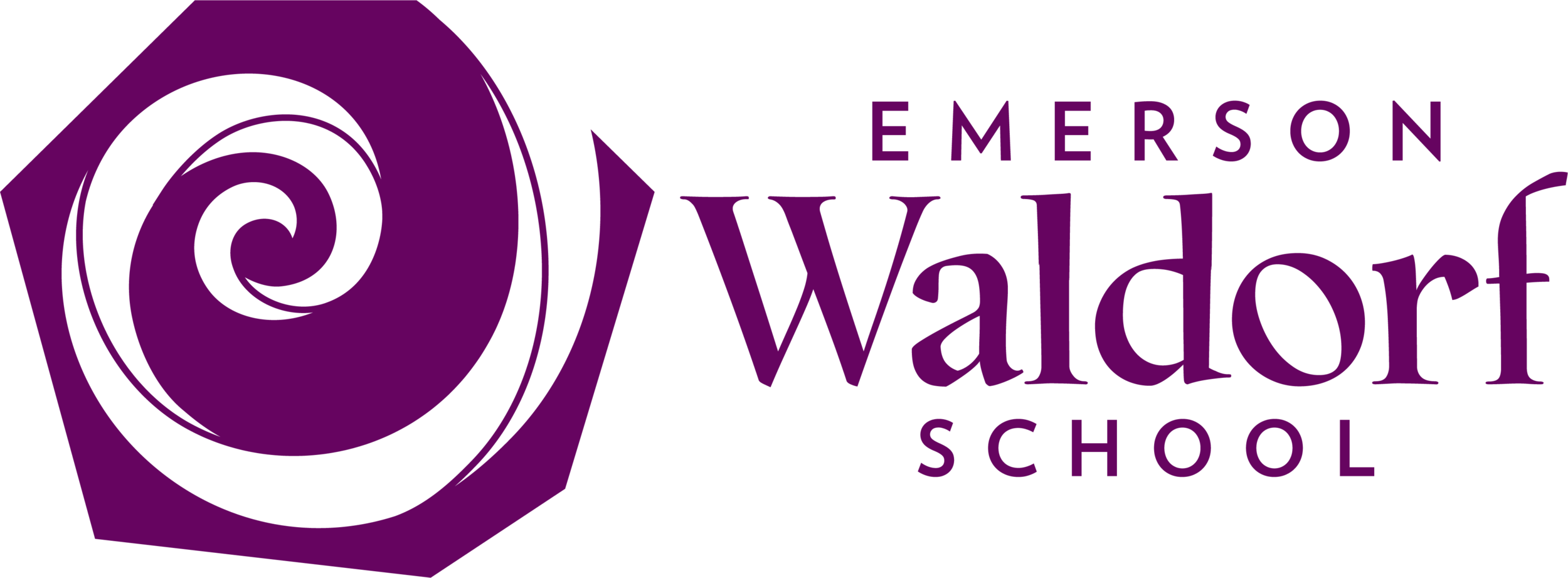High School Curriculum
curriculum
9th Grade
POWER OF OBSERVATION
The ninth grade curriculum asks students to observe, question, and imagine alternatives. Developmentally, they are poised for analytical thought and academic rigor, yet often they see the world in black and white. Therefore, the coursework in ninth grade explores polarities and contrasts, mirroring the physical and emotional changes that occur at this stage of adolescence and laying the foundation for nuanced and abstract thinking.
• Main Lesson Blocks: Comedy and Tragedy; Study of Art; Colonial History; Probability; Descriptive Geometry; Human Biology I; Thermal Physics; Organic Chemistry.
• Academic Track Courses: English I; Math I; US History I; Spanish I; Geology; Climatology
Spanish (9th-11th grades)
In high school, students go through a thorough review of grammar so that they can move on to a deeper study of various aspects as they move on in the grades. Let’s not forget that the study of a language is not just the study of words to communicate; it is the study of a culture, and, in the case of Spanish, of many cultures. These include peoples, places, foods, literature and poetry, traditions, art, music and songs, and so many more aspects. Foreign language learning not only exposes students to other peoples’ way of thinking and feeling, it also cultivates inner sense and tolerance of and openness to other cultures helping them to become globally attuned.
For those interested, there is also the possibility to participate in the Waldorf Exchange Program, which usually happens during 10th grade.
Music
The music program in the high school focuses on developing mastery of one instrument over multiple years, while allowing for some flexibility to switch between programs if interest shifts after a year or two. We have recently been offering music as elective classes twice a week, choosing from an introduction to guitar (and some ukulele), advanced guitar, percussion ensemble, social strings, and chorus. Human development shows that musical engagement is an important complement to academic work, leading students into the flow state immersed in the beauty and creativity of tone. Practice of musical instruments is therapeutic and activates dexterity in the fingers, subtlety and power in breathing. Music both calms the nervous system and invigorates the nervous system, allowing for more informational learning to be ‘digested’ more deeply. As most students are commonly listening to recorded music at home, it is vital that they engage music as a creative experience at school, and so we require all students to participate at varying levels of skill in our program.
Drawing, Painting, Sculpture and Place-based Crafts
Every high school student participates in a sequence of Visual Arts classes designed to develop skills and gain insight into their own creative capacities. By refining their technical skills, intellectual understanding of material and forms, and becoming acquainted with history and practice, students develop a strong relationship to their own creative process and experience themselves as artistically capable in a variety of media. Drawing, painting, sculpture and a variety of crafts rooted in local tradition facilitate student dialogue with materials that also align with particular developmental stages. They are therefore brought at specific times with particular pedagogical aims.
Electives
The high school offers a variety of project-based electives, including photography, collage, robotics, world cultures, poetry, and more!





